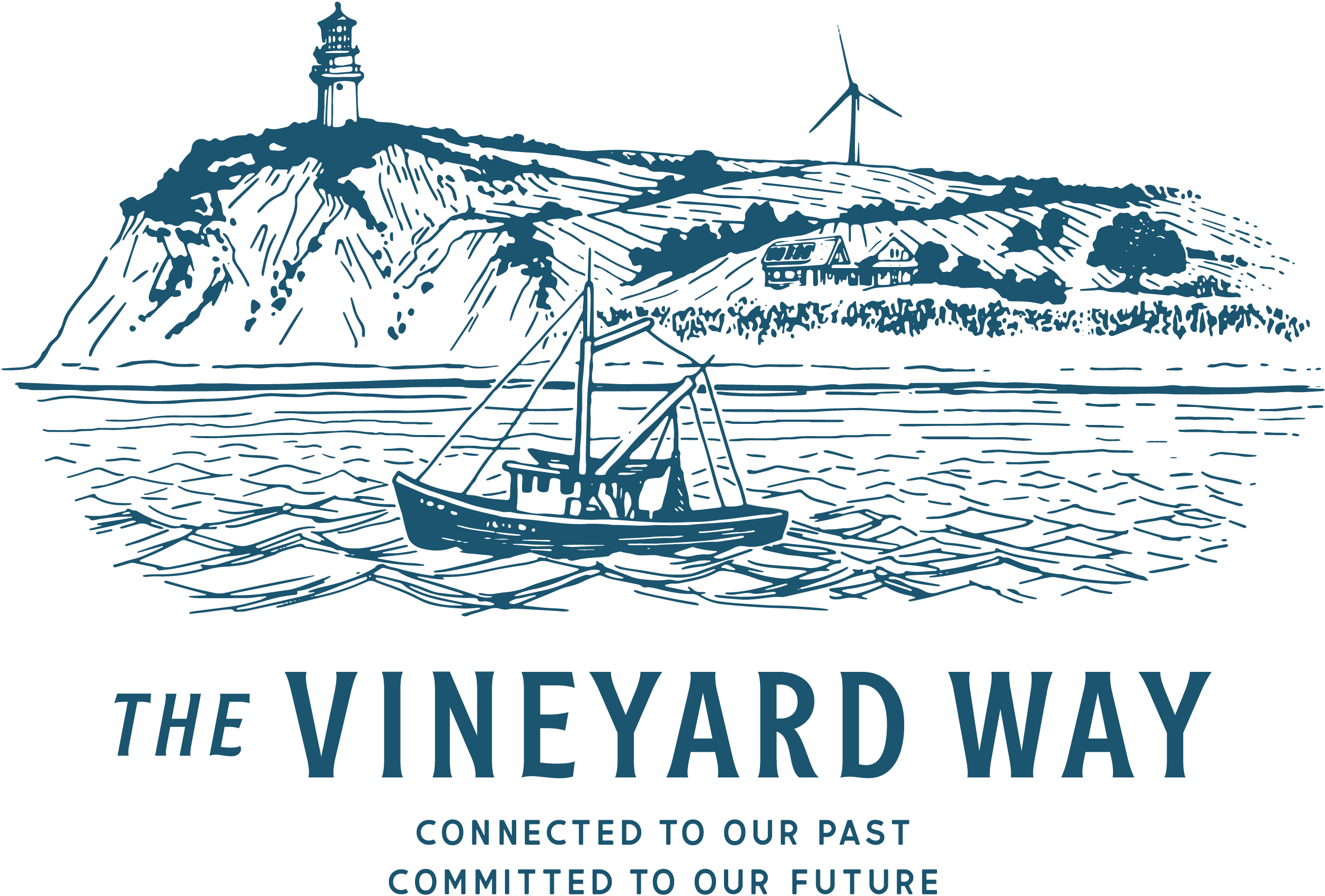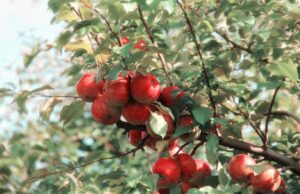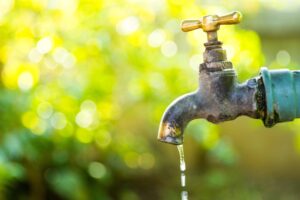As 2024 comes to a close, Massachusetts experienced one of its most intense wildfire seasons to date. Beginning in late August, dry conditions quickly escalated into an unprecedented fall fire season. Between October 1st and November 27th alone, over 662 wildfires burned across 4,000 acres statewide. Drought, wind, and the annual leaf drop created a perfect storm, with extreme fire behavior threatening both homes and natural landscapes.
This year’s fires were human-caused, often from outdoor burning, campfires, or equipment sparks. In response, the state issued burn bans, and local communities rallied to mitigate further risk. Thankfully, recent rains and cooler temperatures have helped contain remaining hotspots, marking the end of the wildfire season.
Looking forward, prevention is key. The National Cohesive Wildland Strategy emphasizes building fire-adapted communities and resilient landscapes. This includes thinning vegetation, creating defensible space around homes, and ensuring proper fire department resources are in place. Public education on wildfire risks and mitigation, along with strategic fuel reduction efforts, will be essential to protecting both property and ecosystems in the future.
As we reflect on the challenges faced this year, the collaboration between local, state, and federal agencies, as well as the dedication of firefighters and communities, has been pivotal in minimizing damage and keeping residents safe. With continued proactive efforts, our island community can better prepare for future fire seasons and reduce the impact of wildfires on our environment and communities.

🔥 Check out this video that shows firefighters respond to an approaching wildfire to a home’s backyard in Colorado. This takes place out West but given some similarity in fire behavior across conifer species, the importance of defensible zones around our homes rings true with this footage.
🔥 The simulation captured in this video shows ignition potential of typical vegetation found around a single family residence along with combustibility of some conventional building materials, once embers blown in 10-20 mph winds make contact.
🔥 Fortunately, the Vineyard endured its extended drought conditions unscathed but the risk here should be taken seriously.





